Boom lifts are essential equipment in various industries, allowing workers to reach high elevations safely and efficiently. Whether you’re in construction, maintenance, or any field requiring aerial access, understanding boom lifts is crucial. This comprehensive guide will explore everything you need to know about boom lifts, including types, uses, safety measures, maintenance, and best practices.
What is a Boom Lift?
A boom lift is a type of aerial work platform that provides a platform for workers to reach elevated areas. It consists of a platform attached to a long arm, or “boom,” which can extend and articulate to access hard-to-reach locations. Boom lifts are versatile and can be used in various settings, including construction sites, warehouses, and outdoor environments.
A boom lift is a piece of widely used construction equipment. They allow for both horizontal and vertical lift. For outdoor jobs, construction projects, and industrial tasks boom lifts are proven to be very helpful in reaching difficult places and heights. Boom lifts provide a secure workspace for working at greater elevations. They have a platform or bucket with a hydraulic arm to carry people and material and a movable grounded base.
Key Components of Boom Lifts
A boom lift usually have the following components
- Boom: The arm that extends from the base and supports the platform.
- Platform: The area where workers stand while operating at height.
- Base: The stabilizing structure that supports the boom and platform.
- Controls: The mechanisms for operating the lift, typically located on the platform and at the base.
Applications of Boom Lift
Boom lifts are essential for projects involving work at elevated heights as they provide increased stability, easy mobility, higher capability, and overall safety of workers. So, they find a range of applications in various projects. Some of the common uses of boom lifts are:
- Painting walls and ceilings
- Erecting scaffolding
- Fruit picking on farms
- Hanging signs
- Utility work
- Lighting work
- Piping work
- Industry maintenance
- Exterior cleaning
- Pruning and removing trees safely from above.
- Providing aerial shots and lighting setups.
- Performing electrical work, HVAC installations, and cleaning high windows.
Types of Boom Lifts
Boom lifts come in various types, each designed for specific tasks and environments. Depending on the configuration, there are broadly three types of boom lifts that are found in the construction industry. They are;
- Articulating boom lift
- Bucket truck, and
- Telescopic boom lift
Articulating Boom Lift
Articulating boom lifts have arms with multiple joints similar to a finger. This is the reason articulating boom lifts are often termed knuckle lifts. These joints help the workers to reach over and around obstacles in difficult locations. The bucket of this type of boom lift can easily move around the objects. Also known as a knuckle boom lift, an articulating boom lift is best suited for complex structures or in tight and crowded spaces.
Bucket Truck
A bucket truck is a heavy-duty wheeled vehicle used mainly for utility line maintenance. It consists of a railed aerial platform attached to a hydraulic crane. Also known as Towable boom lifts or trailer-mounted lifts, they can be towed by a vehicle. They are lightweight and easy to transport, making them ideal for smaller jobs or sites with limited access. They combine the benefits of both articulating and telescopic boom lifts but often have lower maximum heights.
Telescopic Boom Lift
Telescopic boom lifts have arms that extend and contract only in a straight line similar to a telescope. The arm of the telescopic boom lift is attached to a rotating turntable which can extend straight up or out at an angle. They have higher capacities than articulating boom lifts. Also known as a straight or stick boom lift, a telescopic boom lift is best suited for work in open spaces or on rectangular structures.
Selection of Boom Lifts
Boom lifts are used to reach difficult places and heights easily. In general, they are preferred when something higher than a forklift is required. As boom lifts come in a range of sizes, platform heights, and capacities, selecting the required boom lift sometimes becomes a difficult task. There are various parameters that should be known while selecting a boom lift. Some of these important factors are:
Height
Height is an important parameter for deciding the boom lift. Articulating boom lifts can serve for a height range of 30 to 150 ft; Bucket trucks for 30 to 160 ft and Telescopic boom lifts can reach the furthest; 30 to 210 ft.
Direction
The arm movement direction is the 2nd important factor in selecting the boom lift. Articulating boom lifts can extend their arms horizontally, vertically, and bend the bucket around obstacles; Whereas bucket trucks and telescopic boom lifts only in horizontal and vertical directions.
Load Capacity
Consider the total weight of the workers and materials that will be on the platform. Each boom lift has a maximum load capacity that must not be exceeded.
Terrain
Assess the terrain where the lift will be used. Some boom lifts are designed for rough terrains, while others are suitable for smooth, flat surfaces.
Other parameters are listed below:
- Length and Width of Platform.
- Jobsite condition; outdoor or indoor, flat and stable ground or uneven?
- Available power source
- Electric or diesel powered.
- Presence of obstacles.
- Budget
Boom Lift Sizes
Boom lift sizes basically refer to the required important dimensions of the boom lift. These are:
- Height: The vertical length
- Range: The horizontal reach
- Weight: How much weight the platform can hold
- Dimensions: The length and width of the platform
Knowing the above four parameters precisely will help the user to decide the exact boom lift size required for a particular job.
Advantages of Using Boom Lifts
Using boom lifts offers several advantages:
Enhanced Reach
Boom lifts allow workers to access high and hard-to-reach areas safely, reducing the need for scaffolding.
Increased Productivity
By enabling quick access to elevated workspaces, boom lifts can significantly enhance productivity, especially in construction and maintenance.
Versatility
Different types of boom lifts can cater to various tasks, making them suitable for a wide range of applications.
Safety
Modern boom lifts are equipped with safety features, such as harness anchor points, emergency descent systems, and stabilizers, which enhance worker safety at heights.
Boom Lift Manufacturers
There are various companies manufacturing boom lifts. However, the following companies are the most popular ones having a large user base:
- JLG: Founded by John L. Grove in the 1970s, the company is producing Boom lifts, scissor lifts, telehandlers, and trailers.
- Skyjack: Founded in 1985, Skyjack produces scissor lifts, telehandlers, and boom lifts.
- Genie: A brand under Terex, Genie was first founded in 1966. Genie manufactures all kinds of aerial lifts including man-lifts, stick boom and articulated boom lifts, telehandlers, light towers, and scissor lifts.
- Snorkel: Founded by Art Moore in 1959, Snorkel produces boom lifts in their five manufacturing plants and is available in over 200 distribution locations in over 50 countries worldwide.
Safety Protocols for Boom Lift Operation
Boom lifts are an essential component for many construction projects. But as the lift takes the operator and worker high off the ground, it poses a substantial risk with the potential to cause serious harm. Therefore, proper safety protocols must be followed at all times during the boom lift operation. Some of the safety guidelines that will reduce the potential for accidents are:
- The boom lift must be operated by trained professionals.
- The base and entire circumference of the boom lift must be kept clear while operating.
- Always wear safety gear/PPE while operating/working with boom lifts.
- Take extra care from obstacles like overhead beams, ceilings, etc.
- Use a boom lift only if the base is on even and stable ground
- Never operate the boom lift beyond its weight capacity.
- Never operate the boom lift during strong wind conditions.
- Always be vigilant about the power lines.
- Be safe from falling objects.
- Take proper precautions from falling from heights.
- Never operate a lift alone.
- Never disable safety features.
Maintenance of Boom Lifts
Proper maintenance is essential to ensure the longevity and safety of boom lifts. Here are some maintenance tips:
Regular Inspections
Conduct routine inspections based on the manufacturer’s recommendations. Check hydraulic systems, brakes, tires, and safety devices.
Cleaning
Regularly clean the boom lift to prevent corrosion and mechanical issues. Pay attention to the platform, booms, and undercarriage.
Lubrication
Keep moving parts well-lubricated to ensure smooth operation and prevent wear and tear.
Battery Maintenance
For electric boom lifts, check battery levels and connections regularly. Replace batteries as needed to avoid downtime.
Boom lifts are indispensable tools in many industries, providing safe and efficient access to elevated work areas. Understanding the various types, uses, and safety measures associated with boom lifts is crucial for any organization looking to enhance productivity and ensure worker safety.

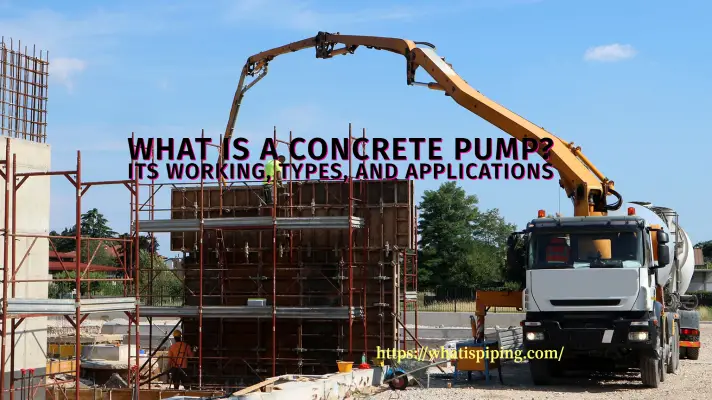
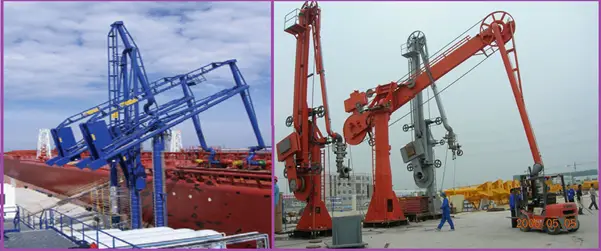
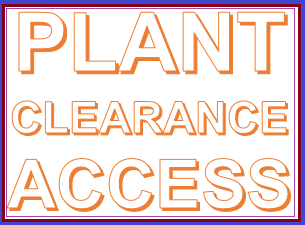

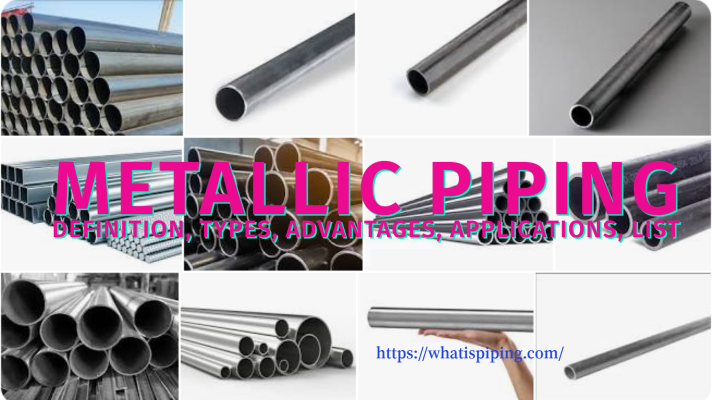
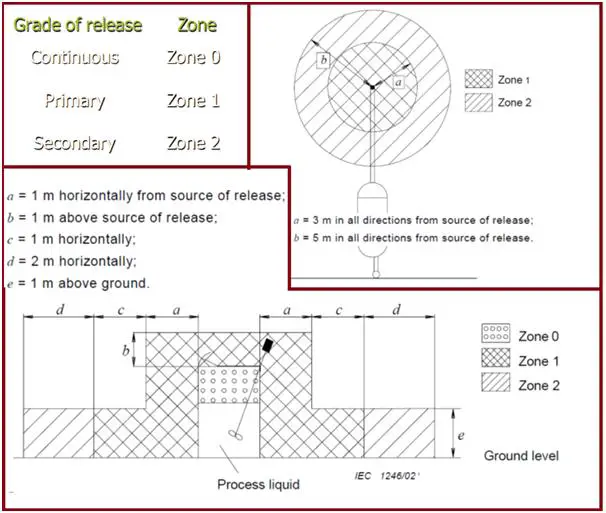
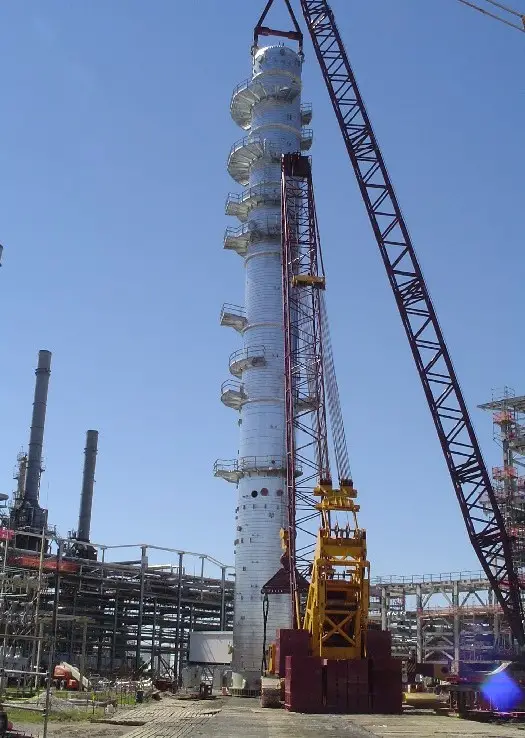
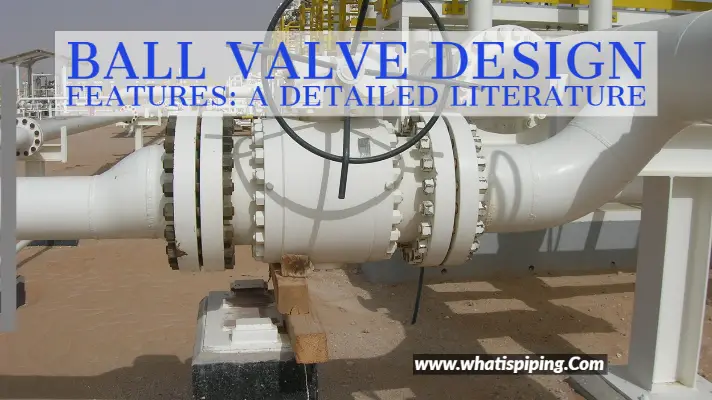
Great article! You’ve explained the different types of boom lifts and their uses really clearly. It’s so important to choose the right equipment for the job to ensure safety and efficiency. We’ve actually used boom lifts on a few of our projects and found them incredibly helpful. For anyone in India looking for rental options, we had a good experience with the folks at Mtandt Rentals.